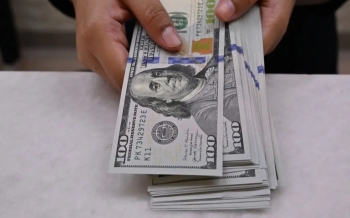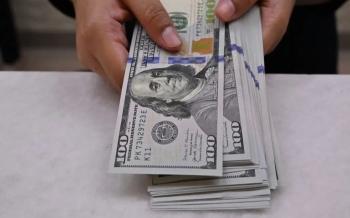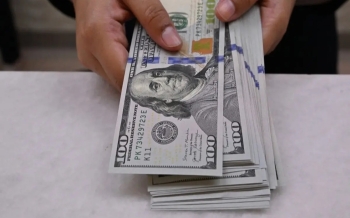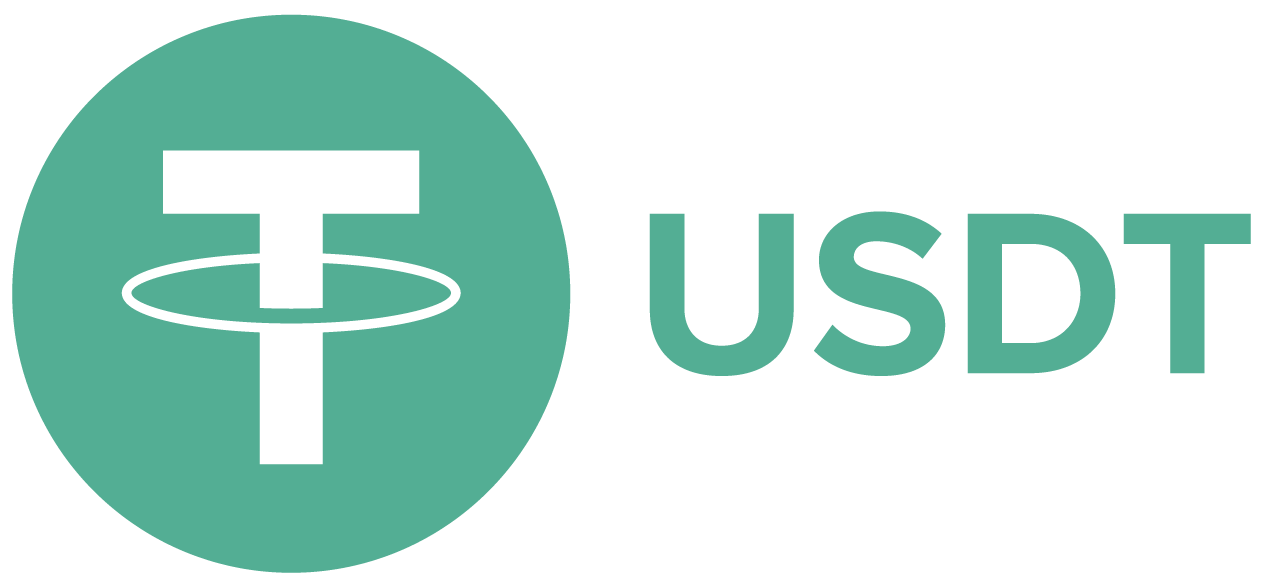U.S. Consumer Spending Defies Tariff Pressures with Strong Retail Sales in June
Keywords: U.S. retail sales, consumer spending, economic growth, Federal Reserve, interest rate cuts, inflation, Dow Jones, Nasdaq, gold prices, U.S. dollar
In a surprising sign of resilience, American consumers continued to spend robustly in June, brushing off concerns over rising tariffs and elevated inflation. Fresh data revealed a stronger-than-expected increase in retail sales, signaling underlying strength in the U.S. economy.
Retail sales rose by 0.6% in June, significantly beating economists’ expectations of just a 0.1% increase. This comes after a revised 0.9% decline in May, according to the U.S. Census Bureau.
Manufacturing Activity Rebounds Sharply
In a separate report, the Philadelphia Fed's Business Outlook Survey showed a strong rebound in manufacturing sentiment. The index surged to 15.9 points in July from -4.0 in June, far exceeding market forecasts of -1.2 points, indicating a recovery in industrial activity.
Core Sales Boost GDP Outlook
The core retail sales figure—which excludes volatile categories like autos and fuel and is closely watched for GDP calculations—climbed by 0.6%, while a key measure within the report rose 0.5%, compared to just 0.2% in May. This core strength suggests solid momentum in consumer demand, possibly leading to upward revisions in second-quarter GDP forecasts.
Broad Gains Led by Key Sectors
Among the strongest performers were general merchandise stores, which saw sales jump by 1.8%, followed by auto dealers and parts, which posted a 1.2% increase. These gains hint at improving consumer confidence, especially in durable goods.
Rate Cut Bets Cool Despite Positive Data
Despite these positive indicators, investors remain cautious. According to Investing Saudi’s Fed Rate Monitor Tool, the probability of a Federal Reserve rate cut by September dropped to 54%, down from nearly 70% the previous week. This shift reflects market uncertainty as inflation remains stubbornly high.
Market Snapshot
Dow Jones futures dipped slightly by 28 points.
S&P 500 futures rose 0.1%.
Nasdaq 100 futures advanced 0.2%.
Gold futures slipped 1.2% to $3,318 per ounce.
Spot gold dropped 1% to $3,313.
The U.S. Dollar Index climbed 0.4%, reflecting strong demand for the greenback amid economic optimism.


 English
English
















